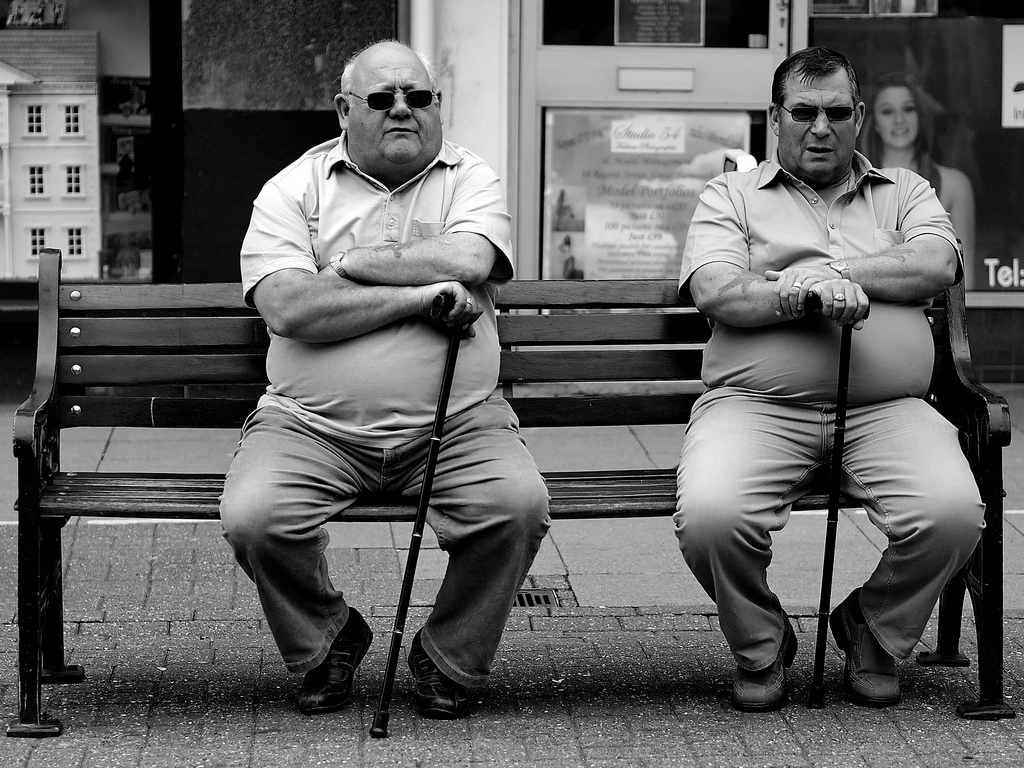 NEWS
NEWS
 NEWS
NEWS
 NEWS
NEWS
Toyota Motor Corp. is working on a special wearable device aimed at helping blind people navigate their surroundings with little difficulty.
Called Project BLAID, the horseshoe-shaped device sits on a user’s shoulders and is equipped with cameras and sensors to help the blind navigate. It will scan the environment to tell the user what’s around them, such as doorways and stairs. It also has voice control so users can tell the device where they want to go. BLAID will guide the user, via vibrations and sounds, to the specified place.
Toyota has been collaborating with the visually impaired community for the past three years to perfect the device, and plans on adding features such as mapping, object identification and facial mapping technologies in the future.
This is Toyota’s first project directed at the visually impaired community, but it isn’t alone in its efforts as more companies are now looking for ways to make their world more navigable.
Sendero Group LCC has developed an app called Guide Dogs NSW/ACT for an organization for the blind of the same name that utilizes the Global Positioning System (GPS) to guide visually impaired persons to navigate outside. It prominently features three virtual buttons: Route, Point of Interest (POI), and Location that aims to help the user determine the location and destination. It also has a LookAround Wand feature that enables the user to determine the location by pointing the phone in a certain direction to determine his whereabouts. The app currently only works in the outside world and can be improved by adding guided navigation indoors with the use of iBeacon, a protocol developed by Apple that broadcasts identifiers to nearby portable electronic devices.
Speaking of iBeacon, the Sanderson Centre for the Performing Arts in Ontario, Canada recently became visually impaired-friendly thanks to the installation of 18 new iBeacons that works in tandem with the BlindSquare app. This helps visually impaired attendees of the art center navigate the venue with ease. The BlindSquare app describes a person’s surroundings based on the GPS location. With iBeacon, the app is able to describe indoor surroundings such as which door to take for the restroom, or which direction to take to go up or down.
As for technology for the blind, Dr. Joshua Miele at the Smith-Kettlewell Eye Research Institute has developed various tools to help visually impaired people navigate the real world. His special tools include a map of the Bay Area Rapid Transit that works with a specially designed LiveScribe pen, the WearaBraile wireless glove that allows users to use any flat surface as a keyboard when paired with a mobile device, and his most recent invention YouDescribe, a free online service that delivers audio description to videos, allowing blind people to better enjoy watching a range of programs.
Dr. Miele himself is blind due to a violent act involving sulfuric acid thrown at him when he was five years old. The incident may have left him blind but he has come to embrace his situation and have made various efforts to help people like him.
“If you want to design a good boat,” Dr. Miele said in an interview, “you don’t ask somebody who doesn’t know the first thing about sailing. Blind people must be integral to the design process, not just as users that do the testing at the end, but as designers and engineers who do the thinking at the very beginning.”
Support our mission to keep content open and free by engaging with theCUBE community. Join theCUBE’s Alumni Trust Network, where technology leaders connect, share intelligence and create opportunities.
Founded by tech visionaries John Furrier and Dave Vellante, SiliconANGLE Media has built a dynamic ecosystem of industry-leading digital media brands that reach 15+ million elite tech professionals. Our new proprietary theCUBE AI Video Cloud is breaking ground in audience interaction, leveraging theCUBEai.com neural network to help technology companies make data-driven decisions and stay at the forefront of industry conversations.